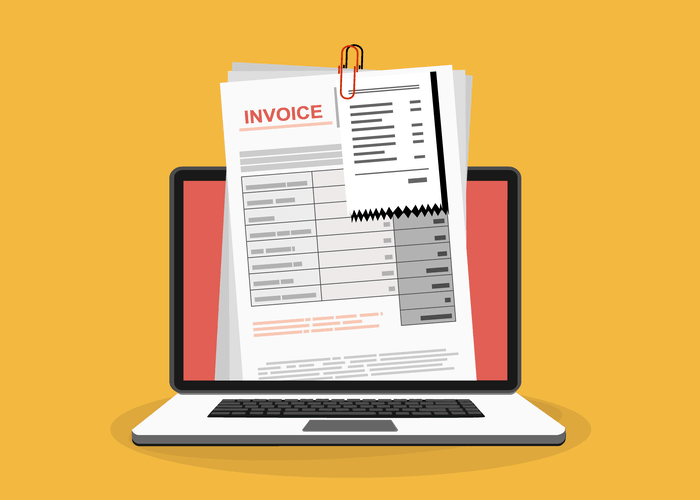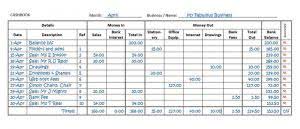
Therefore, it carries out depreciation of $75,000 of the amount that would be used over the next five years. You must remember that all the calculations are based on estimates as precise values are difficult to obtain disposal value due to market fluctuations. In lease contracts, the residual value is used to set the buyout price at the end of the lease term. Double Entry Bookkeeping is here to provide you with free online information to help you learn and understand bookkeeping and introductory accounting.
Situation 1. The business writes off the fixed assets or scraps them as having no value
Understanding how the asset, its accumulated depreciation and the cashflow work together to create the gain or loss is a useful skill for financial professionals. Asset disposal is accounted for by removing the asset cost and any accumulated depreciation and impairment losses from the balance sheet. It also requires recognizing any cash receipts, and the resulting gain or loss on the income statement and impairment losses from the balance sheet. This value is crucial in the calculation of depreciation expense for physical assets like machinery, vehicles, and buildings.
Straight-Line Method

Residual value holds a special place in calculating depreciation and for accounting purposes. This method requires an estimate for the total units an asset will produce over its useful life. Depreciation expense is then calculated per year based on the number of units produced. This method also calculates depreciation expenses based on the depreciable amount. The double-declining balance (DDB) method uses a depreciation rate that is twice the rate of straight-line depreciation.
#1 – Double Declining Balance
Assume that a plant asset has a cost of $325,000 and is expected to have a salvage value of $25,000 at the end of its 5-year useful life. Straight-line depreciation is generally the most basic depreciation method. It includes equal depreciation expenses each year throughout the entire useful life until the entire asset is depreciated to its salvage value. Companies take into consideration the matching principle when making assumptions for asset depreciation and salvage value.
Residual value is the estimated worth of an asset at the end of its useful life or lease term. In the final part of the question the business sells the asset for 4,500. Since the asset had a net book value of 3,000 the profit on disposal is calculated as follows. Accordingly the loss on disposal journal entry would be as follows. In the second part of the question the business sells the asset for 2,000. Partial-year depreciation to update the truck’s book value at the time of sale could also result in a gain or break even situation.
Step 4: Adjust for Disposal Costs
For example, consider a delivery company that frequently turns over its delivery trucks. That company may have the best sense of data based on their prior use of trucks. Companies can also get an appraisal of the asset by reaching out to an independent, third-party appraiser.
Asset Disposal vs Write-Off

Therefore, the DDB method would record depreciation expenses at (20% × 2) or 40% of the remaining depreciable amount per year. If an asset is sold for more than it’s carrying value, what are retained earnings a gain on disposal occurs which will need to be recorded in the general journal. The business receives cash of 2,000 for the asset, however it still makes a loss on disposal of 1,000 which is an expense in the income statement. Disposal value is used in accounting according to International Financial Reporting Standards (IFRS) when an entity is accounting for the depreciation of an asset. IFRS requires that an entity depreciate an asset over its useful life, and the useful life is defined as the period over which an asset is expected to be used by the entity. The disposal value is used in accounting as the residual value of an asset, which is the estimated value of the asset at the end of its useful life.
- Accountants and income tax regulations often assume that plant assets will have no salvage value.
- You will also need to note that the reverse of loss on disposal will be on the debit side (profit on disposal).
- Whether buying new equipment, setting up a lease, or planning for depreciation, calculating residual value is worth the effort.
- To record the transaction, debit Accumulated Depreciation for its $35,000 credit balance and credit Truck for its $35,000 debit balance.
- When you reach the fifth year of ownership, a car has kept only 40% of its value.
- He has worked as an accountant and consultant for more than 25 years and has built financial models for all types of industries.
- It represents the amount that a company could sell the asset for after it has been fully depreciated.
The asset’s original cost and the gains earned from the sale are recorded as asset credit. The debit and credit cancel each other if the business follows the step correctly. The asset disposal definition refers to eliminating a company’s asset from accounting records, generally by selling or scrapping it. This process enables businesses to keep their accounting records updated and clean. As noted above, companies may dispose of their assets if they have fully appreciated or are no longer useful. That said, there are two more reasons why an organization may remove an asset from its accounting records.

Track assets, schedule maintenance, prevent losses, and enhance guest satisfaction with real-time insights. This loss is tolerated by the company and must be subtracted from the total revenue generated. Bookkeeping books reflect the most precise asset costs likewise significant with regards to figuring out the total amount to be paid for taxable income. From a bookkeeping viewpoint, assets are the things that help in producing Restaurant Cash Flow Management income.